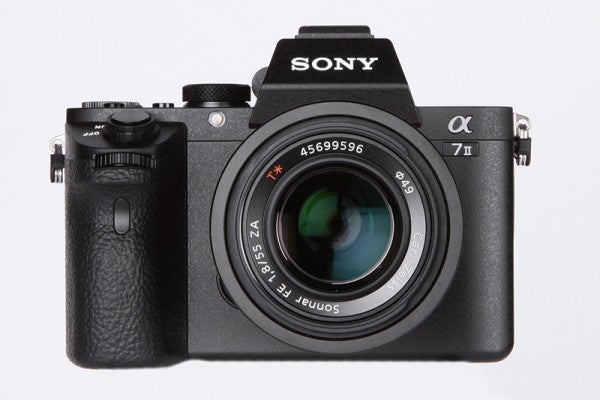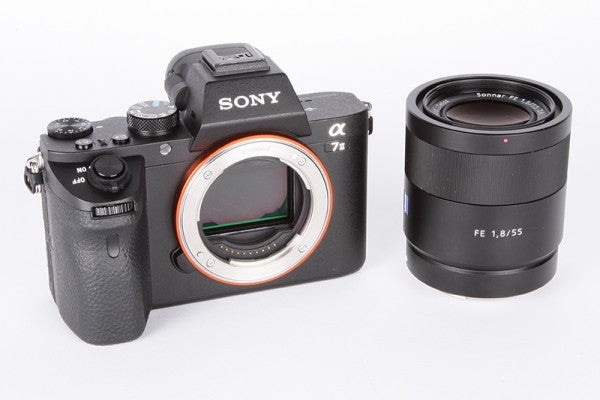Sony A7 II Review - The A7 II follows on from the Sony A7 to sit at the top of the manufacturer's CSC tree. Although it's not a direct replacement, it does offer several improvements while maintaining the impressive full frame sensor.
Sony A7 II Review
The presence of a full frame sensor in a CSC could easily be described as a game changer, bringing a new level of image quality to a lighter and more compact body than had been seen previously.
The A7 isn’t without its flaws, however. There are a number of handling issues, while
the overall design isn’t quite to the level that is found on competing CSCs from manufacturers such as Olympus and Fujifilm.
With this in mind, the launch of the A7 II was greeted with great interest. It isn’t a direct replacement for the A7, but it does take its crown as the figurehead for Sony’s CSC line-up.
It does so with a range of improvements that add to the A7’s specification, while also hoping to fix the handling quirks and other problematic design elements.
Sony A7 II Review – Features
In terms of the camera’s specification, there’s a host of functionality that is inherited from the A7.
To begin with, the model features the same 24.3MP full frame sensor as seen on the A7, as well as the Bionz X processor seen in its sibling. This combination allows for an ISO range of 100-25,600 – with a low extended setting of ISO 50 – while the processor also helps maintain the 5fps continuous shooting speed seen in the A7.
The A7 II also utilises the AF set-up previously seen in the A7, namely a 117 point phase-detect and 25 point contrast-detect set-up. Although this configuration is the same, Sony claims to have made improvements to the AF algorithms which have resulted in an operational speed around 30% faster than the A7, also with improved accuracy.
There are other features carried across from the A7, most notably the OLED EVF. As previously, the EVF measures in at 0.5in with a resolution of 2.4m-dots, making it certainly well specified.
In terms of the camera’s LCD screen, although it remains 3in in size there are a few modifications here also. To begin with the screen is now of the vari-angle variety rather than the fixed version seen before, while the unit also dispenses with touchscreen technology, although it does gain some extra resolution, now sitting at 1,228k-dots.
Pioneering stabilisation
While the majority of the improvements are incremental, and a host of the functionality is carried across from the A7, there are a few headline modifications to the A7 II’s specification, the most notable of which is no doubt the new 5-axis in-body image stabilisation.
The new system is a completely different approach to image stabilisation than any we’ve seen previously in a Sony Alpha system camera, and is in fact more akin to the system utilised by Olympus in the E-M1 and E-M5.
What makes the 5-axis system different to conventional image stabilisation is the amount of movement for which it compensates. As well as working for side to side and up and down motion, the new set-up also compensates for movements in a rotational manor around the lens axis – something which is very important when it comes to movie shooting and with slower shutter speeds.
What this system means in real terms is that photographers should be able to use shutter speeds of around 4.5 stops slower than they might otherwise be able to.
This stabilisation adds to the performance when it comes to video capture as well, an area in which the A7 II is certainly well specified. The model supports full HD video capture and now features XACV S support which allows for a 50Mbps bit-rate and S-Log 2 gamma for improved dynamic range capture.






